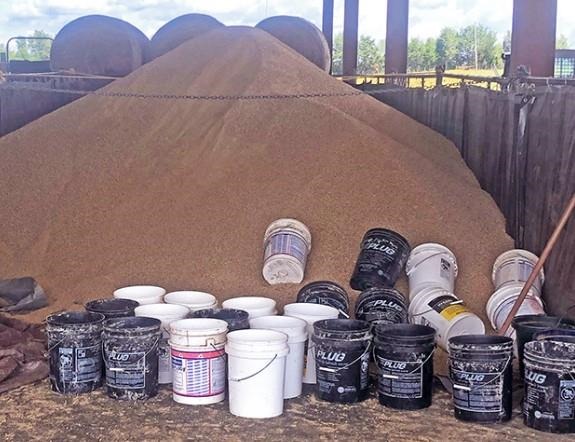By Chris Prevatt
In 2021 and in the near future, managing cost of production will be essential for beef cattle operations to maintain cash flow and remain profitable. Cattle prices are improving slowly and are expected to continue to increase with the shrinking U.S. cattle inventory. However, market improvement might not keep pace with significantly higher input costs. The following are five key areas that may pose challenges for beef cattle producers in the near-term.
1 – The COST OF EVERYTHING
Is there anything that you’re paying less for in 2021 compared to pre-COVID? Input costs are higher just about across the board. If input prices are higher, then the cost of doing business is higher. Unfortunately, these increases in cost of production during 2021 have far outpaced price increases of feeder calves, meaning that margins and profits are smaller. The pandemic has taught us that our supply chains are much more fragile than previously realized. Both the production and procurement (handling and transport) of critical inputs continues to remain stressed during the second half of 2021. Additionally, inflation seems to be tossed around on a daily basis.
2- What are you gonna feed? And at what price?
Feed prices are high, and truckload units of feed seem to be much more difficult to locate and purchase than any other time in the last decade. The harvest of row crops across the U.S. this fall will make feed supplies adequate in the short-run. However, they will have to be rationed for another 12 months, as commodity stocks are expected to be tight going forward. Beef cattle producers searching for by-product supplementation next Spring and Summer should expect to find supplies scarce and priced high. Therefore, you should begin evaluating your feed needs now for 3, 6, 9, and 12 months out. Develop a feed procurement plan in advance to minimize the risk of inadequate feed supply. We could be back in the same or a worse place next spring or summer, if drought conditions don’t improve for much of the west, Northern Plains, and Corn Belt.

Pelleted Soyhulls delivered @ $212.50/ton. If fed as a supplement this winter at 5 pounds per head per day it would cost $0.53 per head per day and $64 per head for 120 days in supplemental feed costs only. Credit: Chris Prevatt, UF/IFAS
3 – Wintering Your Cowherd – DO THE MATH
Last year hay was expensive (at least the kind that wasn’t stacked in the woods). Now it’s even more expensive. Add in feedstuffs that are over $200+/ton and you have yourself an expensive ration to feed a cow for 120 days this winter. Can you winter a cow for less than $200? or $250? … and maintain her body condition? Put a pencil to it and show your county extension agent or other resource people you trust your numbers. Just don’t wait until after Thanksgiving to develop a plan.
4 – Could processing speeds at meat packing facilities be inhibited further by COVID protocols or mandates?
After what happened in August 2019 with the Tyson Beef Plant Fire and again in early 2020 when COVID-19 slowed processing, we know this is always a risk. Hopefully we won’t have a repeat, but the point should be understood that any disruption in future processing speeds has the potential to backup the cattle in the feedyards, and cause cattle prices to decline significantly similar to 2019 and 2020.
5 – Price Fluctuations
It’s important to understand that regardless of COVID-19, the beef cattle industry was extremely volatile prior to the pandemic. Over the last ten years, every single year there has been at least a $20 per hundredweight move in CME Feeder Cattle August Futures. That’s a $160 per head move for an 800-lb. Feeder Steer. Therefore, COVID or not, there is plenty of risk in this market.
Take Home Message
Above are five key areas that you should begin discussing with your management team. If your team determines that these factors will affect your operation, Step 1 should be to develop a written plan to address the challenges that you identify for your operation. Everyone will address these challenges differently based on your financial situation, resources available, and end goals. Additionally, continue to look for opportunities and over time your plan will continue to change. To quote one of the greatest boxers of all time “everybody has a plan until they get punched in the mouth.” Thus, Step 2 should be to adapt and punch back.
Source : ufl.edu